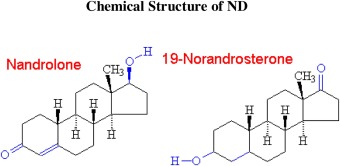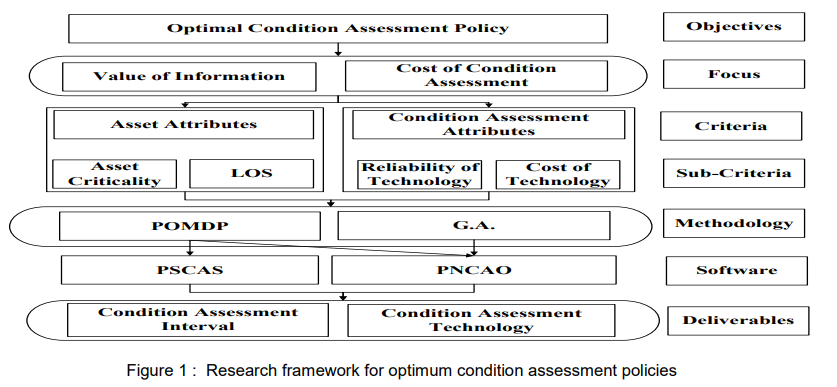
Stochastic travelling advisor problem simulation with a case study: A novel binary gaining-sharing knowledge-based optimization algorithm
This article proposes a new problem which is called the Stochastic Travelling Advisor Problem (STAP) in network optimization, and it is defined for an advisory group who wants to choose a subset of candidate workplaces comprising the most profitable route within the time limit of day working hours. A nonlinear binary mathematical model is formulated and a real application case study in the occupational health and safety field is presented. The problem has a stochastic nature in travelling and advising times since the deterministic models are not appropriate for such real-life problems. The
Neural Knapsack: A Neural Network Based Solver for the Knapsack Problem
This paper introduces a heuristic solver based on neural networks and deep learning for the knapsack problem. The solver is inspired by mechanisms and strategies used by both algorithmic solvers and humans. The neural model of the solver is based on introducing several biases in the architecture. We introduce a stored memory of vectors that holds up items representations and their relationship to the capacity of the knapsack and a module that allows the solver to access all the previous outputs it generated. The solver is trained and tested on synthetic datasets that represent a variety of

Nandrolone decanoate safely combats catabolism in burned patients: A new potential indication after recall
Introduction: The hyper-catabolic state is a devastating pathophysiological response to severe injury, infection or burns. Nandrolone decanoate (ND) is a potent anabolic steroid have many clinical indications, but not investigated in burn injuries yet. Patients and methods: A prospective randomized control study included 40 burned patients who were treated in Burn unit from burn injuries ranged from 20 to 40%. Both groups are objectively assessed, clinically and laboratory during treatment period till full recovery from burns’ injury. Recall assessment of the drug safety after many years is
Supervised fuzzy C-means techniques to solve the capacitated vehicle routing problem
Fuzzy C-Means (FCM) clustering technique is among the most effective partitional clustering algorithms available in the literature. The Capacitated Vehicle Routing Problem (CVRP) is an important industrial logistics and managerial NP-hard problem. Cluster-First Route-Second Method (CFRS) is one of the efficient techniques used to solve CVRP. In CFRS technique, customers are first divided into clusters in the first phase, then each cluster is solved independently as a Traveling Salesman Problem (TSP) in the second phase. This research is concerned with the clustering phase of CFRS, and TSP is

Swarm intelligence application to UAV aided IoT data acquisition deployment optimization
It is feasible and safe to use unmanned aerial vehicle (UAV) as the data collection platform of the Internet of things (IoT). In order to save the energy loss of the platform and make the UAV perform the collection work effectively, it is necessary to optimize the deployment of UAV. The objective problem is to minimize the sum of the lost energy of UAV and the loss of data transmission of Internet of things devices. The key to solving the problem is to calculate the location of the docking points and the number of docking points when the UAV is working to collect data. This paper proposes a

Optimizing budget allocation for condition assessment of water and sewer infrastructures
Much research has focused on the development of optimal strategies for rehabilitation and replacement of water and sewer infrastructures. Condition assessment is an integral component in any asset management program for assessing the asset physical condition. Determining the condition of buried infrastructure tends to be cumbersome, costly and error-prone. As such, decision makers must balance the value of obtained information through condition assessments with the cost of obtaining this information. Such decisions must balance between conflicting needs and need to consider the sought level of
Application of nano waste particles in concrete for sustainable construction: a comparative study
Nano particles contribute as a partial substitute in the production of eco-friendly building materials. This research presents a quantitative assessment of the sustainability effect of partially replacing cement in the green concrete mix with two types of nano-waste particles. The assessment is achieved using two weighing criteria developed by a Sustainable Decision Support System (SDSS) model. This assesses the alternatives using scoring systems based on both the Life Cycle Assessment (LCA) technique and Multi-Criteria decision analysis method. Ten sustainable aspects comprising four

Agricultural Service Mobile Robot Modeling and Control Using Artificial Fuzzy Logic and Machine Vision
This paper represents modeling and control of an agricultural service skid steering mobile robot for the purposes of grass cutting using Proportional-Integral-Derivative (PID) controller and Fuzzy Logic techniques and feedback signals from sensors as IMU, encoders, and Machine Vision. The paper deals with the system modeling into two methods: The first is using Fuzzy modeling as a modeling tool for complex nonlinear system, the second is using MATLAB software system Identification Tool. The study Uses PID, Fuzzy logic controller and fuzzy self-tuning of PID controller to control the path
Fractional Order Two Degree of Freedom PID Controller for a Robotic Manipulator with a Fuzzy Type-2 Compensator
In this paper a novel strategy for the position control and trajectory tracking of robotic manipulators is proposed. This strategy consists of an independent two degree of freedom PID controller for a two links robotic arm. Due to the capability of two degree of freedom PID controllers to deal with disturbances, each link is controlled independently considering that the disturbance does not affect the system performance due to the robustness of the closed loop system. Then, a fuzzy type-2 centralized compensator is implemented to drive the orientation variables with the desired trajectory in
Gray Wolf Optimization of Fractional Order Control of 3-Omni Wheels Mobile Robot: Experimental Study
Committing robotics with artificial intelligence becomes mandatory collaboration with distinct environments. Omnidirectional Wheeled (Omni-WD) mobile robots are one of the robots that interact with humans in various circumstances, where it is important to function effectively and accurately. In this paper, the distinction of a 3WD-Omni model and control using machine vision is demonstrated. The use of fractional order (FO) calculus has been stated to increase the degrees of freedom of the controller over the integer ones. Hybridization of FO control and metaheuristics optimization is reported
Pagination
- Previous page ‹‹
- Page 4
- Next page ››
